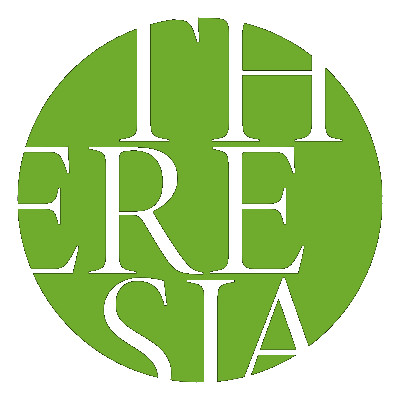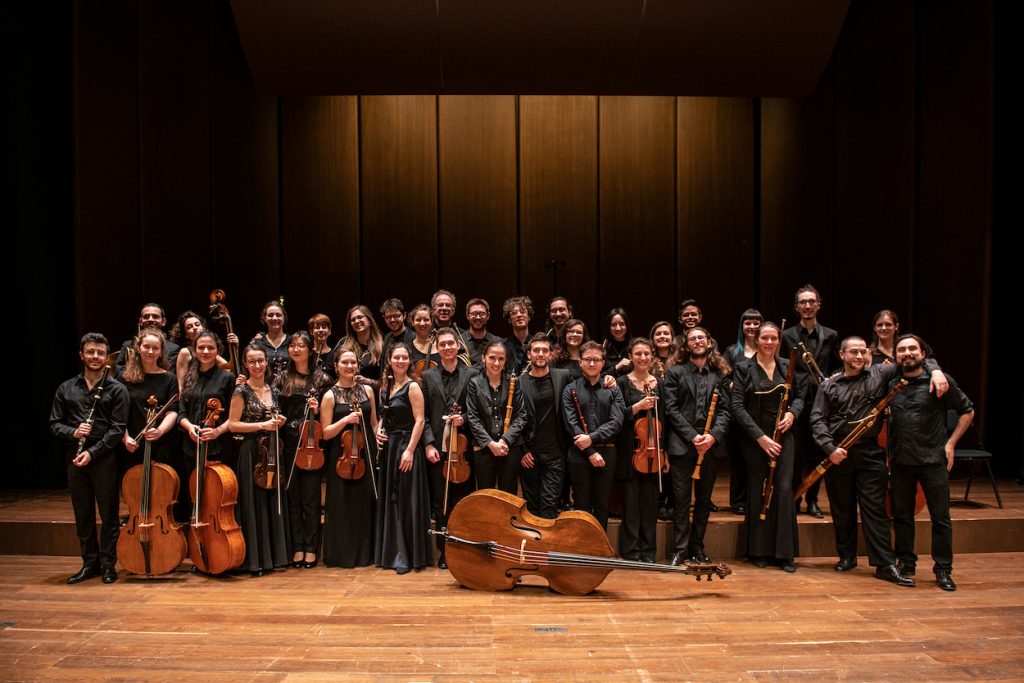
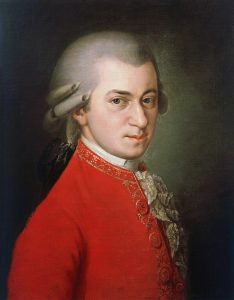 On Saturday 27 November, Theresia Orchestra will return to play at the Teatro alle Vigne in Lodi at the end of its first residency in the Lombardy city after the pause caused by the Covid-19 pandemic. The programme of the concert, conducted by Alfredo Bernardini, will be based on the core repertoire of the Theresia project, the classical symphonic, and will feature Symphony in G major K444 / P16 by Wolfgang Amadeus Mozart/Michael Haydn, Symphony in D major VB143 by Joseph Martin Kraus, and Symphony No. 91 in E flat major Hob. I/91 by Franz Josef Haydn.
On Saturday 27 November, Theresia Orchestra will return to play at the Teatro alle Vigne in Lodi at the end of its first residency in the Lombardy city after the pause caused by the Covid-19 pandemic. The programme of the concert, conducted by Alfredo Bernardini, will be based on the core repertoire of the Theresia project, the classical symphonic, and will feature Symphony in G major K444 / P16 by Wolfgang Amadeus Mozart/Michael Haydn, Symphony in D major VB143 by Joseph Martin Kraus, and Symphony No. 91 in E flat major Hob. I/91 by Franz Josef Haydn.
The two first symphonies are misattributions that we could call musicological fake news. Both Kraus’s Symphony in D and Michael Haydn’s Symphony in G, in fact, have been in the past centuries united by a fate common to many other pieces in the history of music: on several occasions the musicians of the past, taken by the enthusiasm of having to do with a composition of an author more emblazoned than others, were more or less consciously guilty of misattributions. 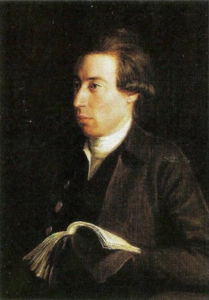 In the case of Kraus, the attribution error was intentional, because printed parts of this Symphony began to circulate in Paris between 1786 and 1787 with attribution to Joseph Haydn. 18th-century music market was in fact extremely lively and competitive, and greedy for compositions by this already well-known composer; Kraus, although an excellent musician, certainly did not have the same commercial appeal. Research carried out in the first half of the 19th century by Fredrik Silverstolpe succeeded in re-establishing the truth and determining the correct attribution, thanks to the analysis of manuscript sources preserved in Stockholm, the city where Kraus worked as Chapel Master at the court of King Gustav III and as director of the Royal Swedish Academy of Music. This research also established 1784 as a possible date of composition of this symphony.
In the case of Kraus, the attribution error was intentional, because printed parts of this Symphony began to circulate in Paris between 1786 and 1787 with attribution to Joseph Haydn. 18th-century music market was in fact extremely lively and competitive, and greedy for compositions by this already well-known composer; Kraus, although an excellent musician, certainly did not have the same commercial appeal. Research carried out in the first half of the 19th century by Fredrik Silverstolpe succeeded in re-establishing the truth and determining the correct attribution, thanks to the analysis of manuscript sources preserved in Stockholm, the city where Kraus worked as Chapel Master at the court of King Gustav III and as director of the Royal Swedish Academy of Music. This research also established 1784 as a possible date of composition of this symphony.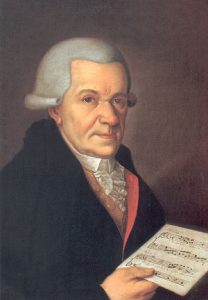
The second piece presented in the programme probably dates from the same year, 1784. Michael Haydn’s Symphony in G Major No. 25 has historically been known as Mozart’s No. 37. This was at least until 1907, when musicologist Lothar Perger, while studying the catalogue of Michael Haydn, was able to establish its true authorship by naming Joseph’s brother as its author. Following this discovery, however, Mozart’s symphonies were not renumbered, leaving a gap in the celebrated composer’s catalogue between Symphony No. 36 and Symphony No. 38. In the case of this symphony, however, the erroneous attribution is partially justified by the fact that the Adagio Maestoso that introduces the first movement (twenty bars in all) was indeed composed by Mozart, as evidenced by a manuscript source of the score: the two composers used to collaborate, and this has led to other musicological misunderstandings (as with Mozart’s duets for violin and viola K423 and 424, published under Haydn’s name). In the Andante sostenuto of the “Mozartian” version of this piece, however, a valuable bassoon solo is missing, which is found in other manuscripts of Haydn’s version: in this concerto the solo is reinstated, in fact creating a synthesis between the two versions of the same symphony.
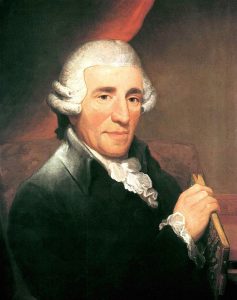 Joseph Haydn’s Symphony in E-flat Major No. 91 (about which there is no doubt as to its attribution) was composed in 1788 on the commission of Count d’Ogny, together with Symphonies Nos. 90 and 92, to be performed at the Concerts of the Olympic Lodge in Paris. Founded as a Masonic lodge of musicians, this concert society had already commissioned Haydn to write Symphonies 82 to 87, known as the ‘Parisian’ Symphonies. Like most first-rate musicians of the 18th century, Haydn was also affiliated to Freemasonry, which essentially acted as a support network and exchange of information and work assignments throughout Europe. The Olympic Lodge had 364 members, of whom 29 were administrators, 24 ‘associate members’ and a further 65 members who were part of the concert orchestra. The conductor was Joseph Boulogne Chevalier de Saint-George (1745-1799), a French composer and violinist of Senegalese origin. Several thematic elements of Haydn’s Symphony No 91 are related to the cantata Ariadne at Naxos, Hob. XXVIa/2, for piano and voice, composed in the same year, and in particular the chromatic theme that appears at the beginning of the Allegro assai of the first movement.
Joseph Haydn’s Symphony in E-flat Major No. 91 (about which there is no doubt as to its attribution) was composed in 1788 on the commission of Count d’Ogny, together with Symphonies Nos. 90 and 92, to be performed at the Concerts of the Olympic Lodge in Paris. Founded as a Masonic lodge of musicians, this concert society had already commissioned Haydn to write Symphonies 82 to 87, known as the ‘Parisian’ Symphonies. Like most first-rate musicians of the 18th century, Haydn was also affiliated to Freemasonry, which essentially acted as a support network and exchange of information and work assignments throughout Europe. The Olympic Lodge had 364 members, of whom 29 were administrators, 24 ‘associate members’ and a further 65 members who were part of the concert orchestra. The conductor was Joseph Boulogne Chevalier de Saint-George (1745-1799), a French composer and violinist of Senegalese origin. Several thematic elements of Haydn’s Symphony No 91 are related to the cantata Ariadne at Naxos, Hob. XXVIa/2, for piano and voice, composed in the same year, and in particular the chromatic theme that appears at the beginning of the Allegro assai of the first movement.
Simone Laghi,
Artistic Secretary at Theresia Orchestra
